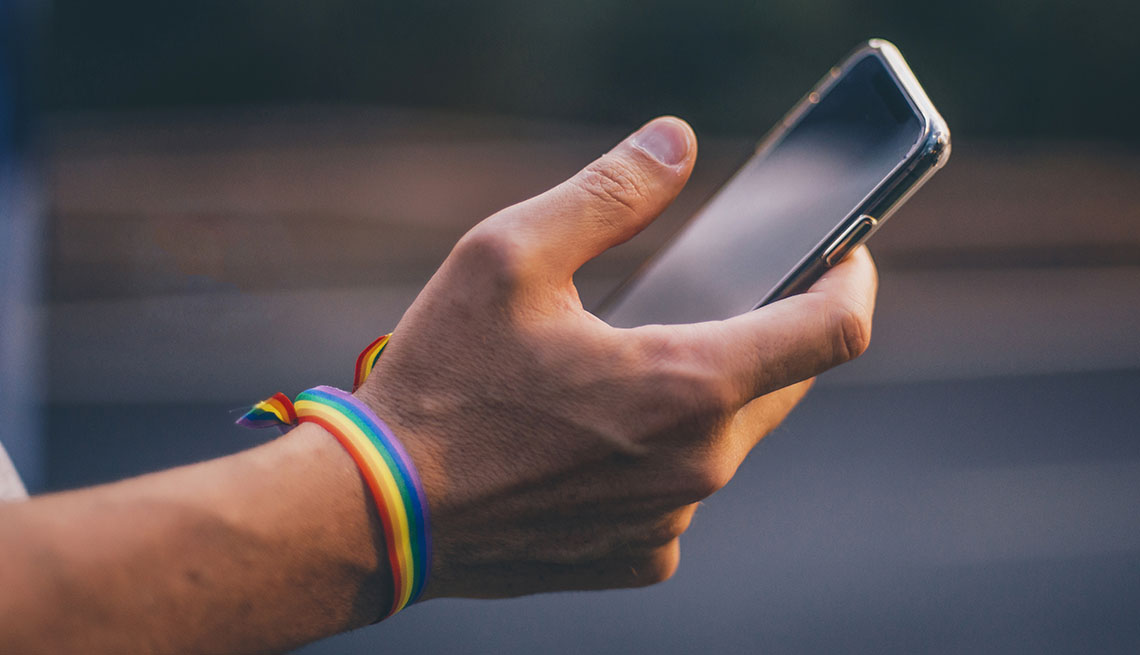AARP Hearing Center
Consumers lost more than $5.8 billion to scams last year, up 70 percent from 2020, according to the Federal Trade Commission (FTC), and anyone of any age can be victimized. But some groups may be more vulnerable to these crimes than others, including older members of the lesbian, gay, bisexual, transgender and queer (LGBTQ) community.
There’s very little hard data on the number of LGBTQ scam victims; the FTC and others who track these crimes don’t ask victims about their sexual orientation or gender identity. But advocates like David Vincent believe this community is “definitely more at risk.”
Vincent is the chief program officer at SAGE, an organization that provides services and support for older LGBTQ people. The 50-plus LGBTQ population is expected to grow from 2.4 million to more than 5 million by 2030, according to the Movement Advancement Project (MAP), a research group focused on equity issues.
“We hear from people all throughout the country that they're victims of horrible fraud and abuse,” Vincent says.
Why? Older LGBTQ people are more likely than heterosexuals in their age group to experience isolation, financial insecurity and discrimination — all risk factors for fraud, he says.
Romance scam risk
Fraud experts and LGBTQ advocates say older members of the community are at particular risk of romance scams. Typically, perpetrators present a false persona online (often through dating sites such as Grindr or Feeld) to attract a victim, spend time fostering trust and intimacy, send and request explicit photos, and finally request or demand money, often in the form of gift cards or, increasingly, cryptocurrency.
The scammer might cite a supposed medical emergency or say they want the money to travel for an in-person visit. Or they may try to extort money, threatening to share compromising pictures or messages with the victim’s friends, family or coworkers.
Combating Isolation
Connect2Affect, a service of the AARP Foundation, provides resources to help older adults mitigate social isolation, including a digital assessment tool to determine risk and a chatbot to guide people looking to rebuild their social connections.
Someone who isn’t fully out as LGBTQ can be especially vulnerable to this kind of “sextortion” scheme, notes Michael Herndon, deputy assistant director of the U.S. Consumer Financial Protection Bureau’s Office of Older Americans.
“That sense of privacy and protecting yourself seems to be a theme that we've heard a good bit,” Herndon says. “It’s certainly one for older generations, who didn’t experience the openness” toward LGBTQ people that has become more widespread in recent years.



































































